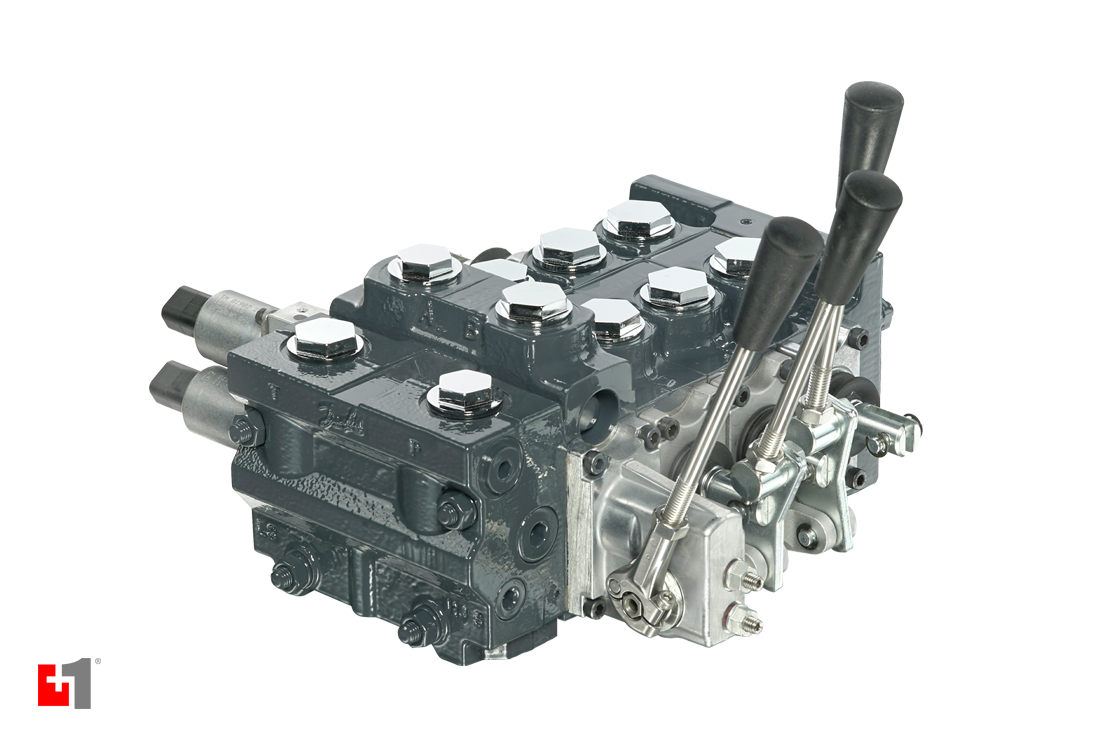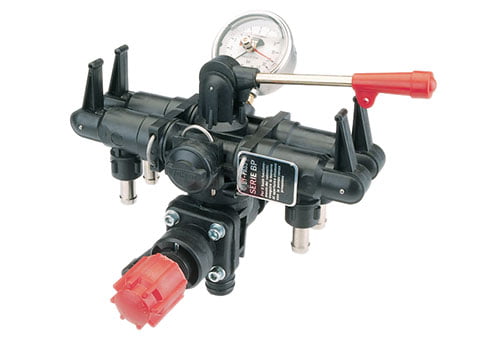
Maximize Energy Savings and Comfort With Advanced Structure Automation Controls
In the realm of modern-day style and center management, the assimilation of innovative building automation controls stands as a crucial innovation. The merging of modern technology and sustainability has birthed a new period where energy effectiveness, convenience optimization, and functional streamlining are no longer remote desires however possible truths. By harnessing the power of automation, structures can adapt, react, and advance in manner ins which were when unimaginable. The possibility for considerable power financial savings and enhanced convenience is not just an opportunity however a promise waiting to be satisfied. This standard shift in building management holds the vital to unlocking a globe where environmental conscientiousness and passenger wellness harmoniously coexist within the wall surfaces of our structures.
Energy Efficiency Conveniences
Power efficiency benefits can dramatically reduce power consumption and functional prices in buildings. By implementing energy-efficient techniques and modern technologies, building proprietors and drivers can achieve substantial financial savings while likewise adding to environmental sustainability. Among the primary advantages of improving power effectiveness in structures is the reduction of energy costs. Energy-efficient systems, such as innovative building automation controls, can enhance making use of sources like lighting, heating, and air conditioning, causing reduced energy expenditures over time.
Additionally, improved energy effectiveness can extend the lifespan of structure equipment and systems. By running more efficiently, heating and cooling systems, lighting fixture, and various other structure components experience much less damage, leading to decreased upkeep and substitute costs. Furthermore, energy-efficient structures commonly regulate higher home values and rental prices, giving lasting financial advantages to proprietors.
Moreover, energy efficiency can boost resident comfort and productivity. Correctly regulated interior atmospheres with ideal illumination and thermal conditions develop an even more pleasurable and helpful work space, resulting in boosted employee satisfaction and efficiency. Overall, the energy efficiency advantages associated with sophisticated building automation controls are diverse, including expense financial savings, environmental stewardship, and passenger well-being.
Enhanced Convenience Control
Enhancing convenience control in structure environments needs an advanced assimilation of sophisticated automation systems for optimum occupant wellness. By making use of advanced building automation controls, facilities can tailor the interior setting to fulfill the particular demands and choices of residents. control valves.
Boosted comfort control surpasses fundamental temperature level changes. It includes features such as individualized settings, occupancy sensing units, and all-natural light application to create a dynamic and responsive environment. By including these sophisticated controls, buildings can not just improve comfort yet also boost energy effectiveness by maximizing system procedures based upon actual occupancy and usage patterns. Eventually, focusing on occupant convenience with advanced automation systems results in a much more satisfying and healthier indoor environment.
Functional Effectiveness Improvements

Moreover, the implementation of real-time tracking and analytics devices makes it possible for structure drivers to identify power inefficiencies and functional abnormalities immediately. By constantly keeping an eye on power use patterns and system efficiency metrics, modifications can be made in real-time to maximize energy consumption and ensure peak operational performance. control valves. Additionally, including demand feedback techniques into building automation controls can even more enhance functional effectiveness by dynamically adjusting power usage based upon grid problems and pricing signals
Indoor Climate Optimization
Efficient indoor climate optimization is a fundamental element of structure automation controls, making certain occupants' convenience and wellness while making best use of power cost savings. By making use of innovative sensing units and controls, building automation systems can constantly check and readjust temperature, humidity levels, air top quality, and ventilation to create an optimum indoor atmosphere. Preserving comfy and regular conditions not only enhances owner complete satisfaction however also increases performance and overall well-being.
Indoor environment optimization sites likewise plays a crucial function in Learn More energy effectiveness. By fine-tuning air flow, heating, and air conditioning systems based on real-time data and occupancy patterns, developing automation controls can dramatically reduce power usage - control valves. Executing techniques such as demand-controlled air flow and thermal zoning can aid reduce power waste while making certain that each area of the structure gets the essential conditioning.

Sustainable Setting Creation
Structure automation regulates not just optimize indoor environment conditions for energy performance and owner comfort but also lay the foundation for developing a lasting environment with calculated administration of resources and systems. By incorporating innovative structure automation innovations, such as sensors, actuators, and smart software program, facilities can monitor and adjust power use in real-time to decrease waste and minimize their carbon footprint. These systems make it possible for anticipating upkeep, identifying possible issues prior to they escalate and maximizing equipment performance to enhance durability and effectiveness.
In addition, sustainable atmosphere development expands past power administration to include water preservation, waste reduction, and interior air high quality renovation. Structure automation controls can regulate water usage, discover leaks, and make sure appropriate garbage disposal practices, adding to general sustainability initiatives. In addition, by controlling and keeping an eye on ventilation and filtering systems, these technologies enhance occupant health and wellness and productivity while lowering power usage associated with cooling and heating operations.
Final Thought
In conclusion, advanced building automation regulates deal considerable benefits in terms of power cost savings, comfort control, operational performance, interior environment optimization, and creating a lasting atmosphere. By carrying out these controls, buildings can achieve optimum performance while reducing power company website usage and boosting owner convenience. It appears that the use of innovative automation modern technology is critical in enhancing structure performance and producing a much more lasting future.
Energy effectiveness benefits can significantly reduce energy consumption and functional prices in structures. Generally, the energy efficiency benefits connected with innovative building automation controls are complex, including cost financial savings, ecological stewardship, and owner health.
Furthermore, integrating need feedback techniques into structure automation controls can further boost functional efficiency by dynamically changing energy use based on grid conditions and rates signals.
Structure automation manages not just enhance indoor environment problems for energy efficiency and owner convenience but likewise lay the structure for producing a lasting environment through strategic management of resources and systems.In conclusion, advanced building automation regulates offer substantial advantages in terms of power financial savings, comfort control, functional performance, indoor climate optimization, and producing a lasting environment.
Comments on “Selecting the Right Control Valves: An Overview to Ideal System Performance”